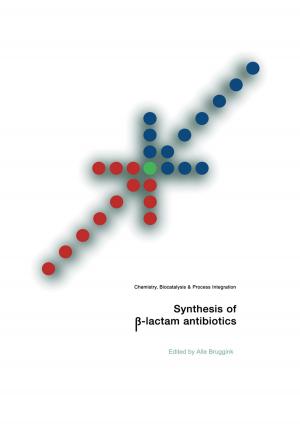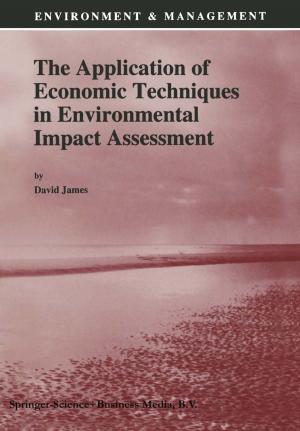Lectins
Kids, Natural World, Nonfiction, Reference & Language, Education & Teaching, Science & Nature, Science| Author: | Nathan Sharon | ISBN: | 9789401148467 |
| Publisher: | Springer Netherlands | Publication: | December 6, 2012 |
| Imprint: | Springer | Language: | English |
| Author: | Nathan Sharon |
| ISBN: | 9789401148467 |
| Publisher: | Springer Netherlands |
| Publication: | December 6, 2012 |
| Imprint: | Springer |
| Language: | English |
A characteristic property of most, or perhaps all, proteins is their ability to combine specifically and reversibly with various substances. Well known examples are enzymes that bind substrates and inhibitors, and antibodies that bind antigens. This book deals with lectins, a class of proteins that bind carbohydrates. Another characteristic property of lectins is that they agglutinate cells or precipitate polysaccharides and glycoproteins. This is because lectins are polyvalent, i.e. each lectin molecule has at least two carbohydrate binding sites to allow crosslinking between cells (by combining with sugars on their surfaces) or between sugar containing macromolecules. The agglutinating and precipitating activities of lectins are very similar to those of antibodies. They can likewise be specifically inhibited by low molecular weight compounds (haptens), which in the case of lectins are sugars or sugar containing compounds (Fig. 1.1). Not surprisingly, therefore, many of the methods used in lectin research are based on immunochemical techniques. Nevertheless, lectins are different from antibodies in several important aspects. Many lectins are found in plants, microorganisms and viruses, which do not synthesize immunoglobulins. In fact, they are found in almost all living organisms (Table 1.1) and are not confined to specific organs or tissues. Another marked difference between the two classes of compound is that antibodies are structurally similar, whereas lectins are structurally diverse. In general, lectins are oligomeric proteins composed of subunits, usually with one sugar binding site per subunit.
A characteristic property of most, or perhaps all, proteins is their ability to combine specifically and reversibly with various substances. Well known examples are enzymes that bind substrates and inhibitors, and antibodies that bind antigens. This book deals with lectins, a class of proteins that bind carbohydrates. Another characteristic property of lectins is that they agglutinate cells or precipitate polysaccharides and glycoproteins. This is because lectins are polyvalent, i.e. each lectin molecule has at least two carbohydrate binding sites to allow crosslinking between cells (by combining with sugars on their surfaces) or between sugar containing macromolecules. The agglutinating and precipitating activities of lectins are very similar to those of antibodies. They can likewise be specifically inhibited by low molecular weight compounds (haptens), which in the case of lectins are sugars or sugar containing compounds (Fig. 1.1). Not surprisingly, therefore, many of the methods used in lectin research are based on immunochemical techniques. Nevertheless, lectins are different from antibodies in several important aspects. Many lectins are found in plants, microorganisms and viruses, which do not synthesize immunoglobulins. In fact, they are found in almost all living organisms (Table 1.1) and are not confined to specific organs or tissues. Another marked difference between the two classes of compound is that antibodies are structurally similar, whereas lectins are structurally diverse. In general, lectins are oligomeric proteins composed of subunits, usually with one sugar binding site per subunit.















